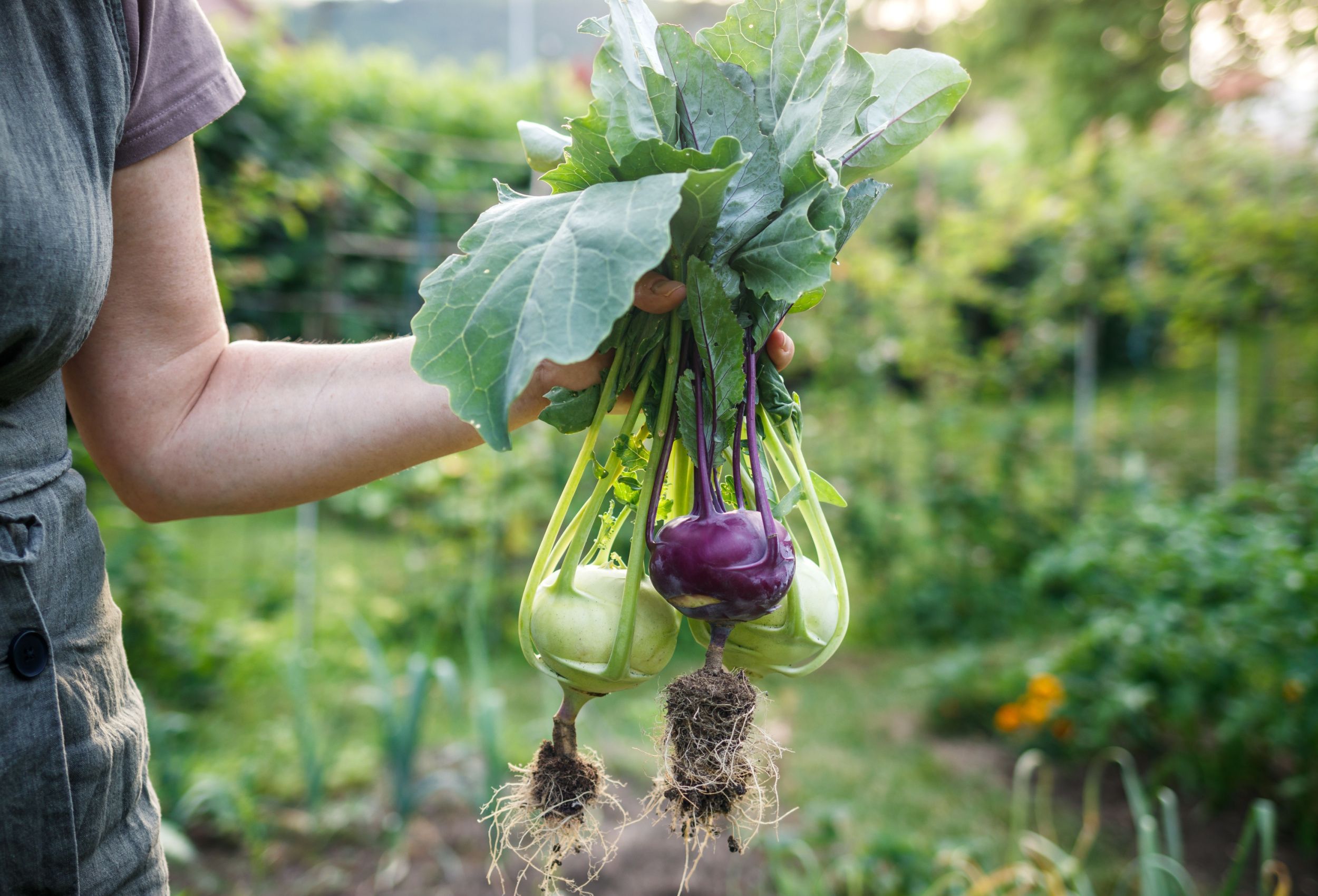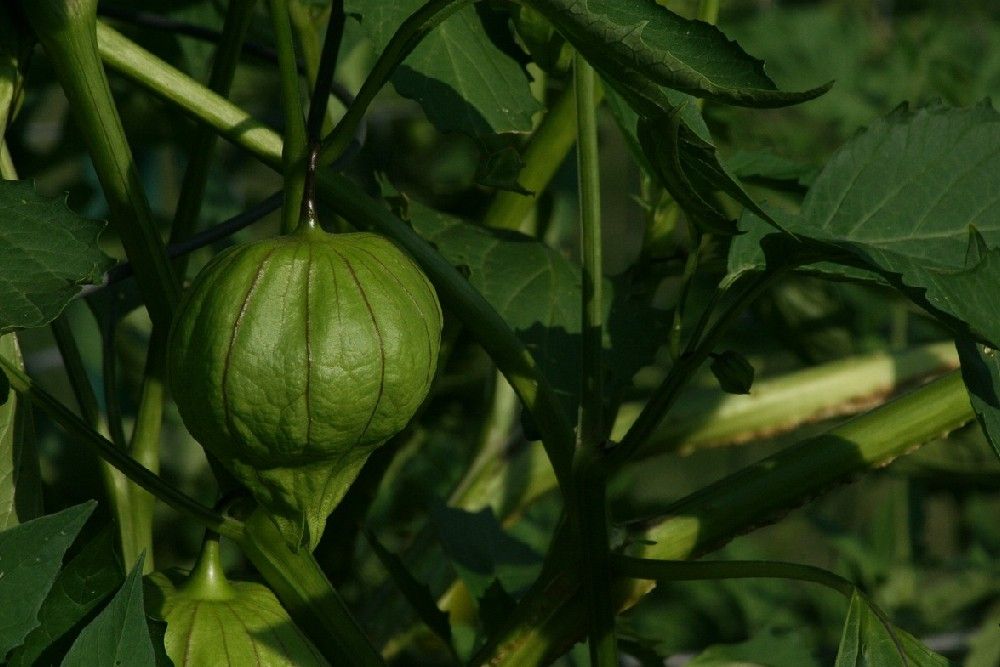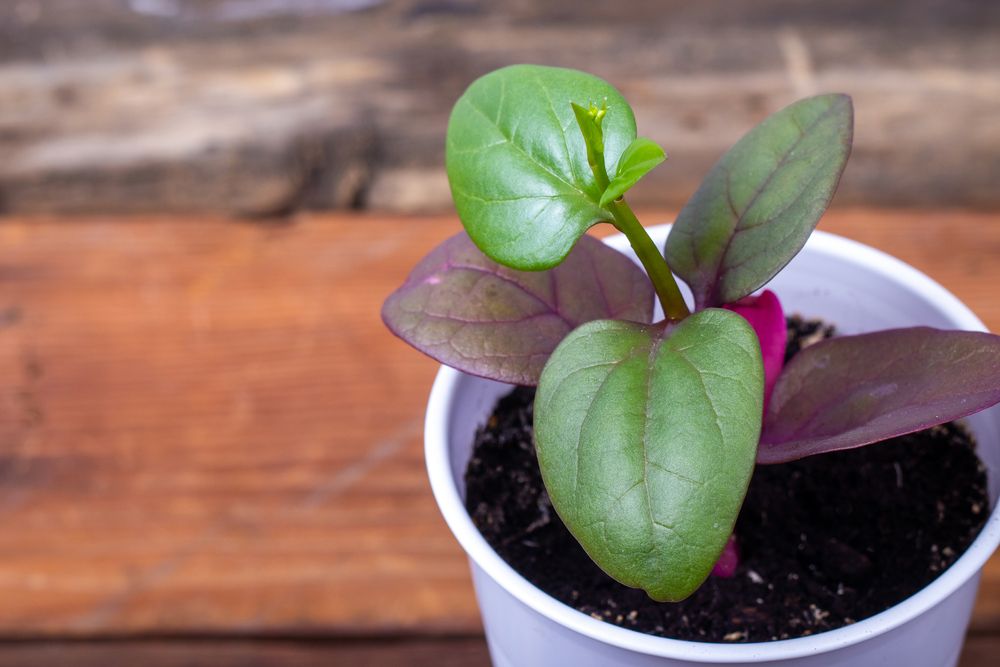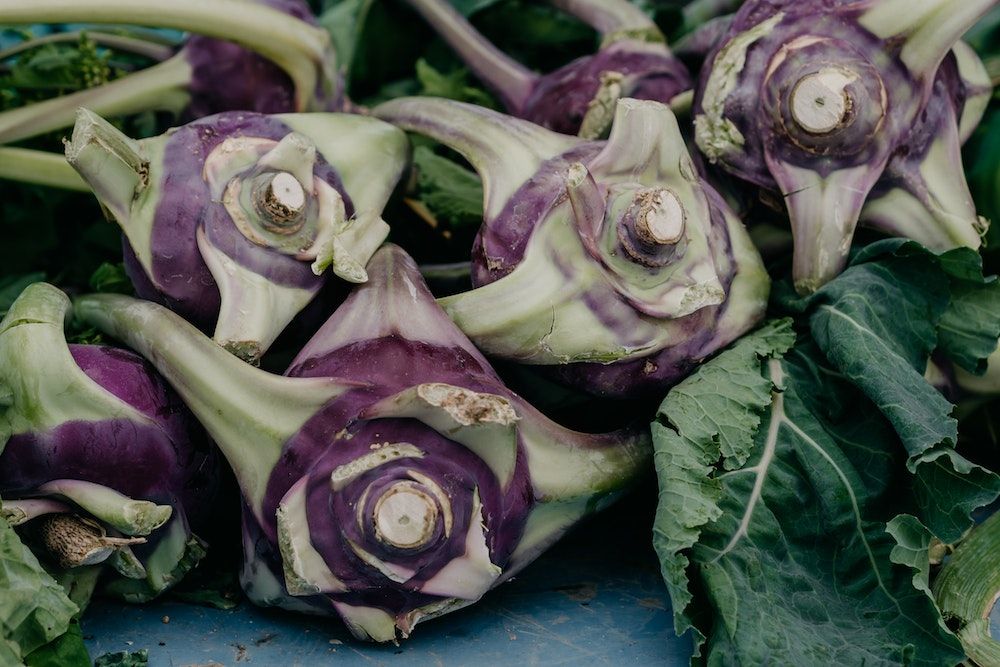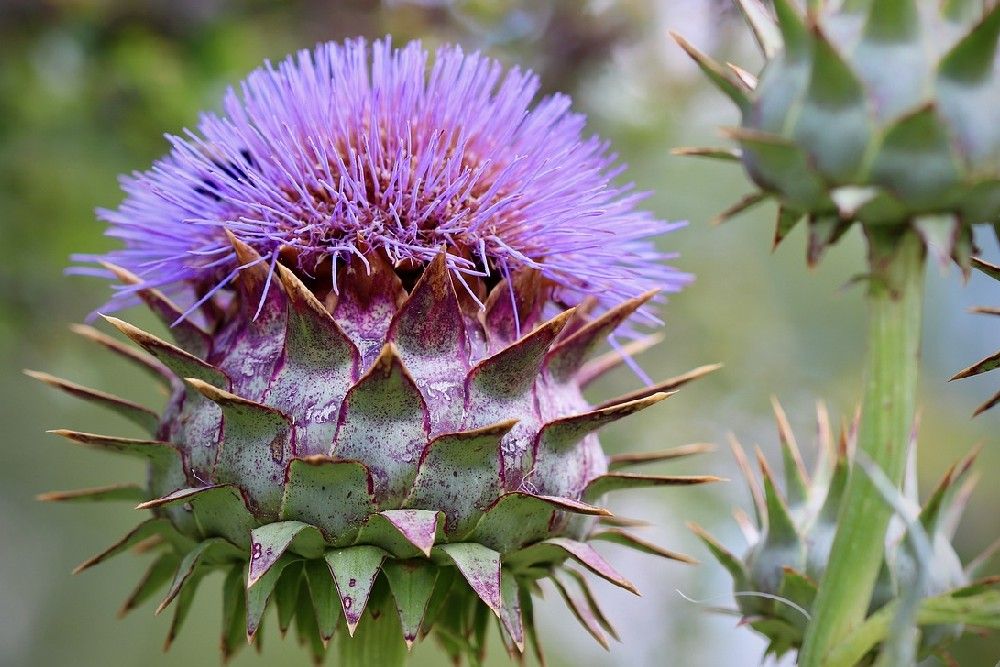Growing your own vegetables allows you to experiment with exotic varieties and explore unique textures you may not find in your local supermarket. You may even discover your penchant for these quirky vegetables and introduce your tastebuds to new, exciting flavors.
Thus, whether you have an adventurous streak or want to try growing something novel and unusual, here are the vegetables you must grow in your home.
1. Tomatillos
Image credits: jhayse via Pixabay
Tomatillos, also known as husk tomatoes, resemble tomatoes in shape. However, they have a vibrant green color and a papery husk coating. They have a tart taste, similar to citrus and green apples, and are often used in Mexican cuisine. You can eat them raw or cooked, with meat, or in salsa for a crunchy bite.
Plant the crop about 2 to 3 feet apart in a sunny spot with six to eight hours of sunlight after the danger of frost has passed. Tomatillos thrive in well-draining soil, pH of 5.5 to 7.3, and require 1/2 inch of water per week. Harvest tomatillos when the papery husk begins to dry and the fruit is firm to the touch.
2. Celeriac
Image credits: Engin Akyurt via Pixabay
Celeriac is a hardy winter root with a nutty, celery-like taste. It is quite versatile as you can mash it like potatoes or boil or braise it. You can also add celeriac to soups and stews. The vegetable is pretty simple to grow but has a long growing period.
Plant celeriac in a sunny spot once the temperatures stay above 55 degrees Fahrenheit or the plant will bolt. Space them 6 to 12 inches apart in rows about 18 inches apart. Celeriac requires manure-rich, fertile soil, which can hold water and deep watering twice a week during dry spells. Harvest in late summer or early autumn.
3. Malabar Spinach
Image credits: julie deshaies via Shutterstock
Malabar spinach is a tropical Asian perennial and hardy to zone 10. Its glossy, dark green, fleshy leaves and red stems make it a perfect addition to any stirfry and salad. Grow the leafy vegetable as a substitute for true spinach, which does not fare well in the warmer months, and reap the nutritional goodness.
Malabar spinach requires full sun and well-draining, fertile, moist soil. You will notice more growth once nighttime temperatures constantly stay above 60 degrees Fahrenheit. It requires consistent watering and can tolerate 30 to 160 inches of annual rainfall. Lack of moisture can cause bitter-tasting leaves and flowering. Grow the plant vines on a trellis for ornamental attraction.
4. Kohlrabi
Image credits: Polina Kovaleva via Pexels
Kohlrabi may be an unusual-looking vegetable, but its delicious broccoli-like flavor makes it a worthy plant to grow at home. It hails from the middle-east, belongs to the Brassica family, and resembles a turnip. It is available in green and purple varieties, with edible leaves that you can use, similar to spinach.
Grow the vegetable in a sunny spot and light, free-draining, fertile soil by directly sowing the seeds 1/2 inch deep. Water the soil before it dries, keeping it consistently moist. The vegetable is ready to harvest when it reaches the size of a golf ball, but not more than a tennis ball’s size, as it can lose its flavor and tenderness.
5. Ethiopian Kale
Ethiopian kale may not be the most unusual vegetable. Still, it is worth a mention for its superior taste and absence of the typical bitterness often present in kale. It is also hardier and more disease and pest-resistant. You can consume it in salads and pickles or boiled.
Ethiopian kale will grow in most soils but is partial to soil enriched with manure, producing more foliage. However, it will struggle in waterlogged soil. It requires moderate rain between 23 to 47 inches and a temperature range of 59 to 68 degrees Fahrenheit to grow. The leafy green can survive in both partial and full sun.
6. Cardoon
Image credits: Nennieinszweidrei via Pixabay
Cardoons are closely related to artichokes with thick, celery-like edible stems. They are thistle vegetables with a subtle bitterness and a tender texture. You can make cardoon fritters, gratin, risotto, flan, and much more.
The winter hardy vegetable grows best in zones 7 to 9 and requires moist, well-draining, fertile soil to flourish. If you are located in a northern region, mulch in winter to protect the Mediterranean native. Choose a site with full sun, sheltered from strong winds, and plant the seedlings once the last spring frost date has passed. Water every 10 to 14 days during the dry season.
7. Bulgarian Carrot Pepper
Try the Bulgarian carrot pepper if you appreciate and enjoy spicy, flavorful condiments. It is a carrot-shaped, bright orange pepper that grows up to 3 1/2 inches. The heirloom plant is hot yet fruity and enhances the flavor of your chutneys, sauces, and salsa.
To grow the peppers, select a site with full sun and slightly acidic (pH range 5.5 to 6.5), well-draining soil. Plant around two to four weeks after the last spring frost date, when temperatures exceed 70 degrees Fahrenheit. The peppers prefer consistently moist soil and are ready for harvest once they turn from green-yellow to bright orange in color and are approximately 3 inches long.
Rare and Delicious
There are few things more rewarding than having your own vegetable garden, especially if you can grow the most distinguished and exciting vegetables, such as those mentioned above!
Did any of the vegetables strike your fancy? Share your thoughts, comments, and questions below!

